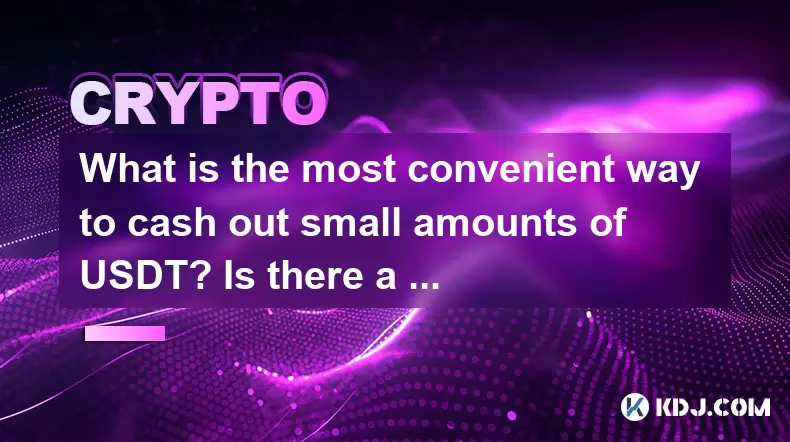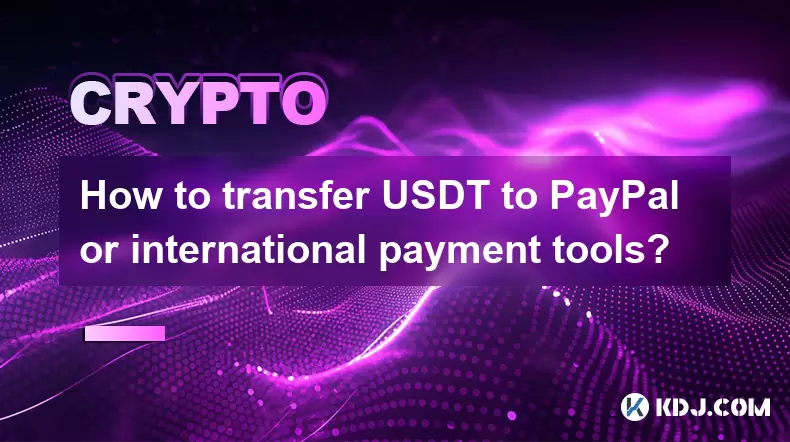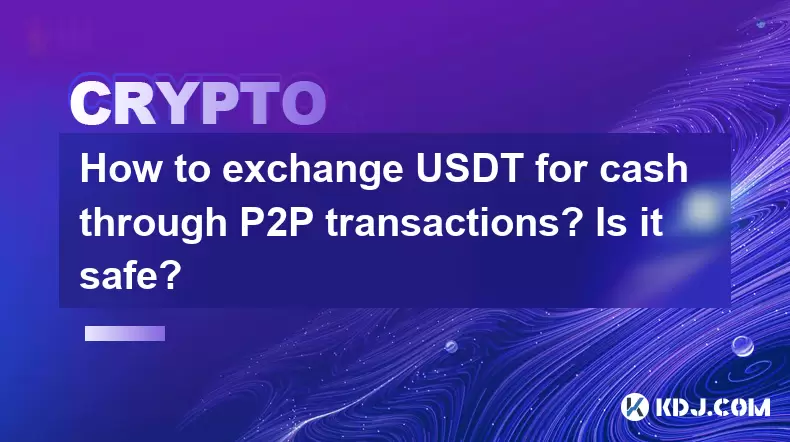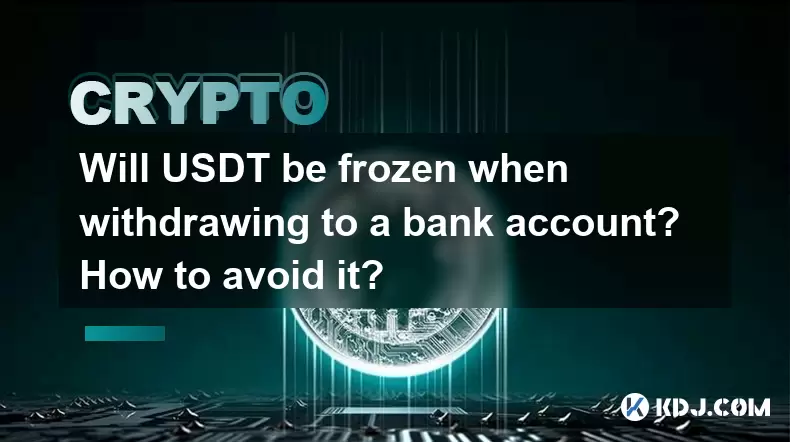-
 Bitcoin
Bitcoin $115000
0.12% -
 Ethereum
Ethereum $3701
4.50% -
 XRP
XRP $3.081
2.99% -
 Tether USDt
Tether USDt $0.0000
-0.01% -
 BNB
BNB $767.9
1.45% -
 Solana
Solana $169.5
3.13% -
 USDC
USDC $0.9999
0.01% -
 Dogecoin
Dogecoin $0.2106
4.30% -
 TRON
TRON $0.3334
1.62% -
 Cardano
Cardano $0.7564
2.54% -
 Stellar
Stellar $0.4165
0.76% -
 Hyperliquid
Hyperliquid $38.75
0.25% -
 Sui
Sui $3.593
3.00% -
 Chainlink
Chainlink $17.08
3.59% -
 Bitcoin Cash
Bitcoin Cash $573.6
4.35% -
 Hedera
Hedera $0.2508
-0.84% -
 Avalanche
Avalanche $23.07
6.46% -
 Ethena USDe
Ethena USDe $1.001
-0.02% -
 Litecoin
Litecoin $120.8
8.17% -
 UNUS SED LEO
UNUS SED LEO $8.943
-0.32% -
 Toncoin
Toncoin $3.400
-5.60% -
 Shiba Inu
Shiba Inu $0.00001255
1.54% -
 Uniswap
Uniswap $9.908
6.32% -
 Polkadot
Polkadot $3.718
2.10% -
 Monero
Monero $303.0
-0.74% -
 Dai
Dai $0.9999
-0.02% -
 Bitget Token
Bitget Token $4.392
0.91% -
 Cronos
Cronos $0.1403
6.31% -
 Pepe
Pepe $0.00001076
1.13% -
 Aave
Aave $267.2
1.80%
What is the main use of USDT?
USDT, a dollar-pegged stablecoin, facilitates smoother crypto trading by reducing volatility. It's used for value storage, transfers, arbitrage, and DeFi participation, but risks remain due to Tether's stability and regulatory uncertainty.
Mar 16, 2025 at 12:51 am

Key Points:
- USDT's primary function is as a stablecoin, offering price stability pegged to the US dollar.
- It facilitates easier trading and reduces volatility in the cryptocurrency market.
- USDT is used for storing value, transferring funds, and arbitrage opportunities.
- It plays a crucial role in DeFi protocols and lending/borrowing platforms.
- Risks associated with USDT include the stability of its issuer, Tether, and regulatory uncertainties.
What is the Main Use of USDT?
USDT, or Tether, is a cryptocurrency pegged to the US dollar. Its main use stems from its role as a stablecoin, offering a relatively stable value compared to the highly volatile nature of other cryptocurrencies like Bitcoin or Ethereum. This stability makes it a valuable tool within the cryptocurrency ecosystem.
One of the most significant uses of USDT is as a medium of exchange. Because its value is tied to the US dollar, traders can use it to easily buy and sell other cryptocurrencies without the significant price swings that can occur when trading directly between volatile assets. This reduces the risk associated with market fluctuations.
USDT also serves as a valuable tool for storing value within the cryptocurrency space. While not completely risk-free, it offers a less volatile alternative to holding other cryptocurrencies, especially during periods of market uncertainty. This allows users to maintain their holdings without the fear of substantial losses due to price drops.
Furthermore, USDT plays a crucial role in facilitating arbitrage opportunities. Arbitrage involves exploiting price differences of the same asset across different exchanges. Because USDT is widely traded across numerous platforms, it's often utilized to take advantage of these discrepancies for profit.
The decentralized finance (DeFi) sector is another area where USDT finds significant use. Many DeFi protocols and lending/borrowing platforms accept USDT as collateral or a trading pair. This integration expands the utility of USDT beyond simple trading and storage. Users can leverage USDT in various DeFi applications to earn interest or participate in yield farming strategies.
However, it's crucial to understand that while USDT aims for a 1:1 peg with the US dollar, this peg isn't guaranteed. The stability of USDT relies heavily on the financial stability and transparency of its issuer, Tether. Concerns about Tether's reserves and regulatory scrutiny have periodically impacted the confidence in the stablecoin. These concerns can lead to temporary de-pegging events, causing uncertainty for users.
USDT in International Transfers:
USDT also plays a role in facilitating international transfers. Traditional banking systems can be slow and expensive for cross-border transactions. Cryptocurrencies, including USDT, offer a potentially faster and cheaper alternative, bypassing some of the complexities of international banking regulations. However, regulatory hurdles and the need for cryptocurrency exchanges capable of handling such transfers limit the widespread adoption of this use case.
USDT and its role in mitigating risk:
Many cryptocurrency traders use USDT to mitigate risk. By converting volatile crypto assets into USDT, they can temporarily protect their investment from market downturns. This strategy allows traders to wait for more favorable market conditions before re-entering positions in more volatile assets. However, it’s important to note that even stablecoins can be subject to fluctuations, albeit generally smaller than other cryptocurrencies.
USDT and its usage in the context of smaller cryptocurrencies:
Smaller and less liquid cryptocurrencies often have significant price volatility. USDT provides a stable trading pair, making it easier to buy and sell these assets without the risk of substantial losses due to price swings. This liquidity provided by USDT is particularly beneficial for traders of less established cryptocurrencies.
The Use of USDT in Institutional Investing:
While still relatively nascent, the use of USDT is gradually gaining traction in institutional investing. Some institutional investors use USDT as a way to gain exposure to the cryptocurrency market without the extreme volatility of other cryptocurrencies. The relative stability of USDT makes it a more palatable entry point for institutions hesitant to invest directly in more volatile assets. However, regulatory uncertainty and concerns surrounding stablecoin reserves continue to be significant barriers to wider institutional adoption.
Frequently Asked Questions:
Q: Is USDT truly stable?
A: While USDT aims for a 1:1 peg with the US dollar, its stability is not guaranteed. Fluctuations can and do occur, although generally less than other cryptocurrencies. The stability relies heavily on Tether's reserves and financial transparency.
Q: What are the risks associated with using USDT?
A: Risks include the potential for de-pegging from the US dollar, regulatory uncertainty surrounding Tether, and the overall risks associated with holding any cryptocurrency.
Q: How does USDT differ from other stablecoins?
A: USDT is one of the largest stablecoins, but others exist with different backing mechanisms and levels of transparency. The choice of stablecoin often depends on user preferences regarding risk tolerance and the issuer's reputation.
Q: Can I use USDT for everyday purchases?
A: While some merchants accept USDT, its widespread adoption for everyday purchases is limited. Most businesses still primarily use fiat currencies for transactions.
Q: Is USDT regulated?
A: The regulatory landscape for stablecoins is still evolving. Tether and other stablecoin issuers are subject to increasing scrutiny from various regulatory bodies globally. The regulatory status of USDT can vary depending on the jurisdiction.
Q: Where can I buy and sell USDT?
A: USDT is traded on numerous cryptocurrency exchanges globally. However, it's crucial to choose reputable exchanges with robust security measures to mitigate risks associated with trading cryptocurrencies.
Disclaimer:info@kdj.com
The information provided is not trading advice. kdj.com does not assume any responsibility for any investments made based on the information provided in this article. Cryptocurrencies are highly volatile and it is highly recommended that you invest with caution after thorough research!
If you believe that the content used on this website infringes your copyright, please contact us immediately (info@kdj.com) and we will delete it promptly.
- Crypto Airdrops: Your August 2025 Guide to Free Tokens & Opportunities
- 2025-08-05 13:45:13
- Luxury Dining Reimagined: St. Regis Singapore & Marriott's Culinary Celebration
- 2025-08-05 13:45:13
- Fancy Farm Picnic: A Sneak Peek at the 2026 US House Race
- 2025-08-05 13:50:12
- Cardano Price, ADA Forecast & Ethereum Price: What's the Buzz?
- 2025-08-05 13:50:12
- Velo Universe, DEX, and DeFi Security: Navigating the Future of Decentralized Trading
- 2025-08-05 09:25:13
- Bitget Wallet Revolutionizes Solana with Gas-Free Transactions: A New Era for DeFi
- 2025-08-05 09:25:13
Related knowledge

How to choose a reliable USDT exchange service provider? How to identify?
Jun 12,2025 at 03:15pm
Understanding the Role of USDT in Cryptocurrency TradingUSDT (Tether) is one of the most widely used stablecoins in the cryptocurrency market. It is d...

What is the most convenient way to cash out small amounts of USDT? Is there a shortcut?
Jun 11,2025 at 11:00pm
Understanding the Need to Cash Out Small USDT AmountsCashing out small amounts of USDT can be a challenge for many crypto users. Traditional methods o...

How to transfer USDT to PayPal or international payment tools?
Jun 15,2025 at 05:28am
Understanding the Basics of USDT and PayPal IntegrationUSDT (Tether) is a stablecoin pegged to the US dollar, offering blockchain-based value transfer...

How to exchange USDT for cash through P2P transactions? Is it safe?
Jun 18,2025 at 07:56am
Understanding USDT and P2P TransactionsTether (USDT) is a stablecoin pegged to the value of the US dollar, making it a popular choice for users who wa...

Will USDT be frozen when withdrawing to a bank account? How to avoid it?
Jun 15,2025 at 10:03am
Understanding USDT Withdrawals and Bank Account Freezing RisksWhen users decide to withdraw USDT (Tether) to a bank account, one of the most common co...

How to avoid risks when exchanging USDT for cash? What are the pitfalls?
Jun 11,2025 at 08:14pm
Understanding the Risks of Exchanging USDT for CashWhen exchanging USDT (Tether) for cash, users must be aware of the potential risks involved. As a s...

How to choose a reliable USDT exchange service provider? How to identify?
Jun 12,2025 at 03:15pm
Understanding the Role of USDT in Cryptocurrency TradingUSDT (Tether) is one of the most widely used stablecoins in the cryptocurrency market. It is d...

What is the most convenient way to cash out small amounts of USDT? Is there a shortcut?
Jun 11,2025 at 11:00pm
Understanding the Need to Cash Out Small USDT AmountsCashing out small amounts of USDT can be a challenge for many crypto users. Traditional methods o...

How to transfer USDT to PayPal or international payment tools?
Jun 15,2025 at 05:28am
Understanding the Basics of USDT and PayPal IntegrationUSDT (Tether) is a stablecoin pegged to the US dollar, offering blockchain-based value transfer...

How to exchange USDT for cash through P2P transactions? Is it safe?
Jun 18,2025 at 07:56am
Understanding USDT and P2P TransactionsTether (USDT) is a stablecoin pegged to the value of the US dollar, making it a popular choice for users who wa...

Will USDT be frozen when withdrawing to a bank account? How to avoid it?
Jun 15,2025 at 10:03am
Understanding USDT Withdrawals and Bank Account Freezing RisksWhen users decide to withdraw USDT (Tether) to a bank account, one of the most common co...

How to avoid risks when exchanging USDT for cash? What are the pitfalls?
Jun 11,2025 at 08:14pm
Understanding the Risks of Exchanging USDT for CashWhen exchanging USDT (Tether) for cash, users must be aware of the potential risks involved. As a s...
See all articles

























































































